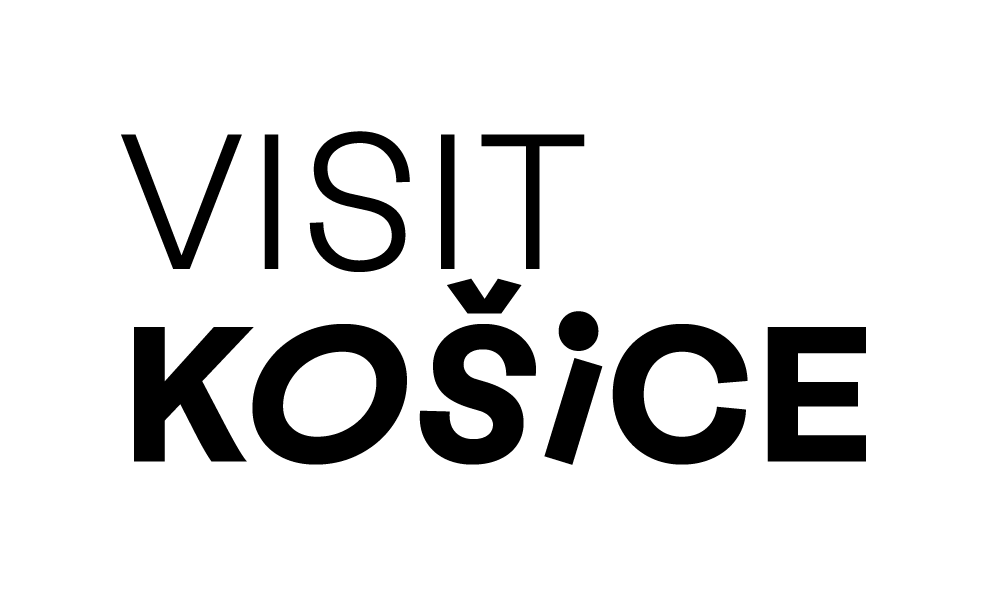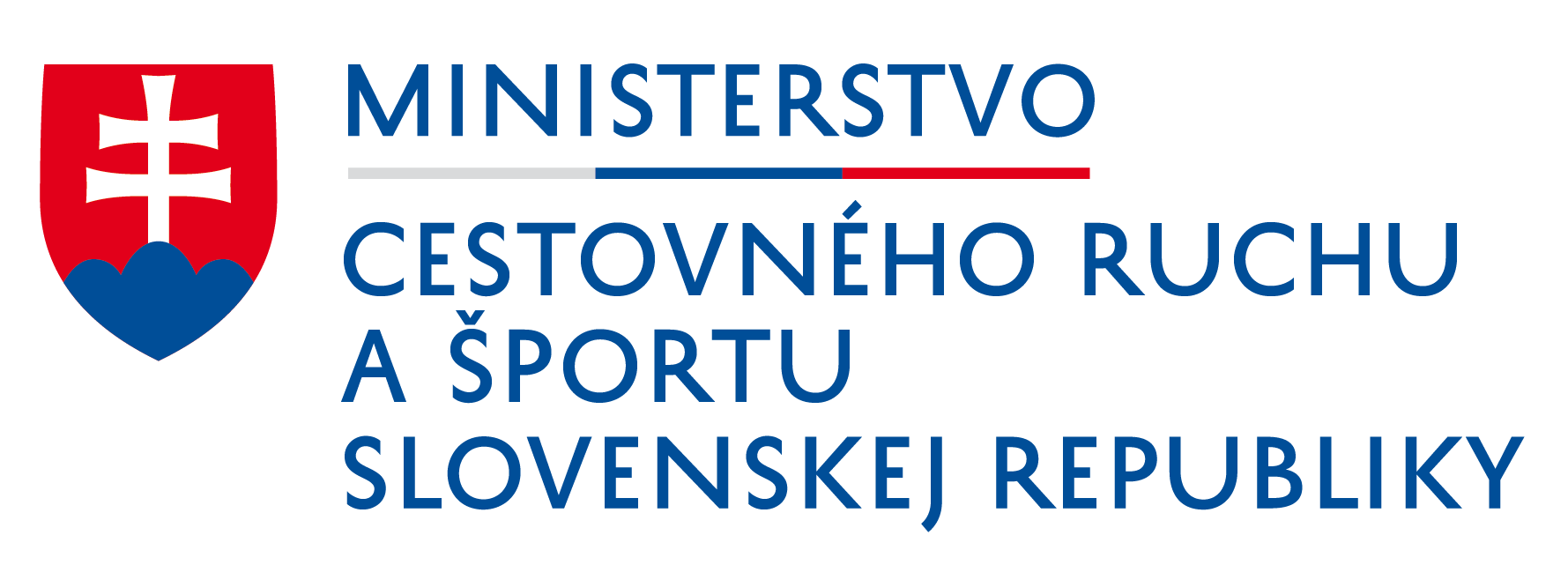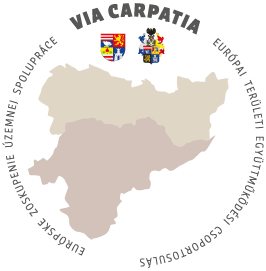
Borša - Veľký Kamenec - Veľký Kamenec - Streda nad Bodrogom - Viničky - Tajba - Tarbucka - Viničky - Borša
Route description
The lowest point in Slovakia with an altitude of 94.3 m above sea level is in the cadastral territory of the municipality of Klin nad Bodrogom. This site is marked by a granite obelisk. The ruins of an early Gothic church from the 13th century stand on the outskirts of the village by the Bodrog River. It was re-roofed after a long time as part of the reconstruction. The whole area of the lowest point is very peaceful and has a specific atmosphere, which makes the whole place even more attractive. A field road leads through the site, along the abandoned meander of the Bodrog, through smaller wetlands with rare wetland and marsh vegetation to the left bank of the main river.
The Vécsey Manor House was built on the ruins of a medieval castle in Streda nad Bodrogom, the lowest-lying village in Slovakia, around the year 1700. The manor house was rebuilt at the end of the 19th century and underwent several additional modifications in the 20th century. A corner three-storey tower dominates the manor house. Both wings of the building converge to it and form the letter L on the ground plan. The surroundings of the manor house and the preserved extensive park are maintained and untouched by modern construction, which is a pleasing rarity nowadays.
The ancient ruins of the Veľký Kamenec Castle are situated on a hill in the centre of the village of Veľký Kamenec. The castle was built in the second half of the 13th century after the Tatar invasion. From the original spatial parts of the castle, from the upper, lower, and fore castle, the walls of the upper castle buildings - the polygonal tower, the round cannon bastion and the prismatic tower – have been preserved until today. The cistern carved into the rock is also clearly recognisable. The castle ruins – a popular tourist site with views of the village and the surrounding countryside – are a dominant feature of the whole area. It is easily accessible right from the village. Cultural events are usually held in the natural amphitheatre below the castle.
(also Szirmay-Fischer Manor) The former Manor House of Baron Fischer was declared a national cultural heritage site in 1993. This Classicist building dating to the 19th century has a three-tract layout, a rectangular ground plan, it is a one-storey building with a basement. The building is currently not open to the public due to its poor condition.
You will find a bird-watching lookout tower on the shore of the marsh in Streda nad Bodrogom. It overlooks a part of the abandoned meander of the Bodrog River called Malodňa. It provides visitors with a rare view of a nesting colony of great egrets that have made their home in the tall poplars right on the edge of the village.
A cruise on the Bodrog River is one of the most memorable boat trips in the Tokaj wine-growing region. The Artur boat cruise starts in the port outside the village of Viničky and you can sail all the way to neighbouring Hungary, either to the nearby town of Sárospatak with the possibility of visiting the local castle, or to the town of Tokaj, where the Bodrog River flows down to its confluence with the Tisa River. The cruise includes a verbal guide to the sights of the Bodrog River, the flora and fauna of the preserved sites, as well as the beautiful natural scenery of the river course. Tasting of Tokaj wines and refreshments are available aboard the boat.
Two single-track bridges of truss construction are located on the double-track electrified line of Košice – Čierna nad Tisou, namely between the Borša stop and the Streda nad Bodrogom station. The lowest point on our territory is located near the bridges. Mention should also be made of the steel road bridge, a valuable technical monument built without a single weld shortly after World War II. The bridge with an interesting history is still an important link in southern Zemplín.
The village of Streda nad Bodrogom is famous for its complex of tufa wine cellars, which belong to the Eastern Slovakia wine-growing region, specifically to the Kráľovský Chlmec wine-growing region in the Medzibodrožie sub-region. To get to know the local wines, open cellar days for wine enthusiasts are organised in three places in the upper Medzibodrožie region under the name of Stredanské Víno - Open Cellar Days. The Streda nad Bodrogom Vineyard Association organises this venture in the unique surroundings of a former tufa quarry. Visitors to the event can taste dozens of tasting samples from local producers. Participants not only can taste wine from the area, but also to see the tufa cellars themselves and learn interesting information about them.
The village of Viničky is situated under the southern slopes of the Zemplín Hills. The tufa cellars began to be used for the ageing of wine in the 17th century when the production of Tokaj wine began. Today the village is famous for its wine cellars and houses and for its chapel, which, together with the church, is a cultural heritage site. The local Andrássy family Manor House, which served as a school during World War II and was also used by the renowned botanist and breeder Štefan Litowský, has already undergone several modifications. The Roman Catholic St. Joseph Chapel is housed behind the walls of the manor house. It originally belonged to a noble family, but later it also served as an orphanage and after World War II Roman Catholic masses began to be celebrated there. The Borsuk vineyard in the northern part of Viničky, which is an important obsidian site, is an important landscape feature of the area. In addition to the vineyards, Borsuk is also a preserved site of thermophilic vegetation. It is an example of the now rare remnants of swamp communities in the Inter-Bohemian Forest.
The Tajba National Nature Preserve is an abandoned meander of the Bodrog. The highest level of preservation, the fifth level, applies here. The Tajba is home to the regularly breeding, critically endangered bog turtle and waterfowl.
The 109,500 m2 Tarbucka Nature Preserve was declared in 1986 to ensure the protection of the last remnant of the sand-loving communities of the Eastern Slovak Lowlands with the rare sand clove. There is also a unique geomorphological phenomenon here – blown sands on andesite hills. The fifth level of protection applies here. Various bird species have an important presence throughout the area. Many of them also nest here.
The Podkova Pond is an abandoned meander of the Bodrog River. It derives its name from its characteristic horseshoe shape. It is one of the most popular, year-round sites, particularly for fishing and boating on pleasant sunny days. You can spend a pleasant afternoon in this small and hospitable wine-growing village by taking a walk in the vineyard, visiting the wine cellar, or staying in a guesthouse. Enjoy undisturbed relaxation and treat yourself to a gourmet experience of the traditional Zemplín cuisine.
Pension Zlatá Putňa in Viničky is built in the beautiful surroundings of the Tokaj wine-growing region vineyards. The restaurant offers traditional Zemplín specialties combined with a tasting of quality Tokaj wines. Sitting on the terrace provides a view of the pond called Podkova. The accommodation part has comfortably furnished rooms as well as apartments. The restaurant has a traditional tufa cellar, where the Tokaj Zlatý Strapec wine of its own production is aged. www.zlataputna.sk
Zlatý strapec is a family winery where the third generation of winemakers has been making wine. The winemaker offers unique tastings in the medieval cellar, introduces the history of the local winery, the technological procedures in the production of Tokaj wines and especially the wide range of unforgettable wines. There is a gazebo on the premises of the company, where they offer a local gourmet specialty – Zemplín spicy delicacy – along with excellent wines and pleasant music.
The company Tokajská spoločnosť Viničky, s. r. o. is engaged in the processing of Tokaj grape varieties, production, sale, and distribution of Tokaj wine. Nowadays, the production of Tokaj wine and the processing of Tokaj grape varieties have become the focus of the company, with the emphasis being placed on adherence to traditional recipes and the high sophistication and quality of Tokaj wine. The company also aims to develop new wine production technologies, especially at the level of controlled fermentation, which comes from advanced French wineries, as well as to continue the traditions of the Tokaj region and the involvement of the Tokaj brand in both the national and international markets.
























